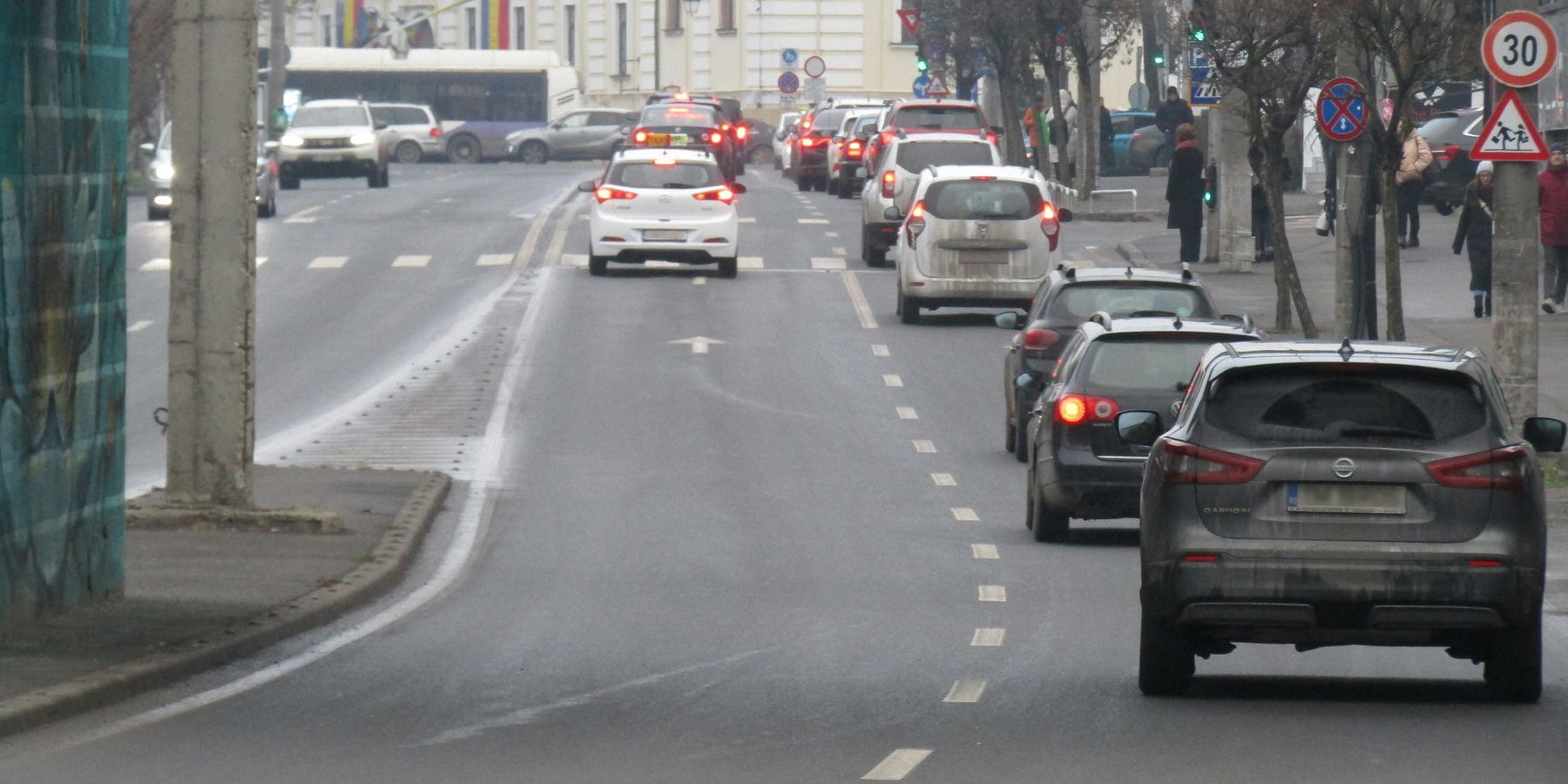Manipulating the atmosphere and its unforeseen consequences
Recent severe weather in the UAE and Oman raises questions about the impact of cloud seeding on our environment.
Marina Koren reports for The Atlantic.
In short:
- Record-breaking rainfall in the UAE and Oman resulted in widespread disruption and fatalities last week.
- Cloud seeding, a form of geoengineering, is under scrutiny for its potential role in exacerbating weather events.
- The science of cloud seeding is evolving, with experts debating its effectiveness and unintended regional impacts.
Key quote:
"We are in territory now where we can’t necessarily rely on past experience and past outcomes to inform us what is likely to happen when we intervene."
— Janette Lindesay, climate scientist at Australian National University
Why this matters:
There's a risk that reliance on artificial methods of weather modification could overshadow more sustainable approaches to water management and climate change mitigation. In addition, decisions on when and where to deploy cloud seeding can lead to conflicts over water rights and access, particularly in transboundary contexts where multiple countries or jurisdictions are involved.
Learn more: Science advisor Shuchi Talati discusses sunlight-blocking aerosols, ocean seeding, rogue geoengineers—and the misunderstood field of geoengineering.













